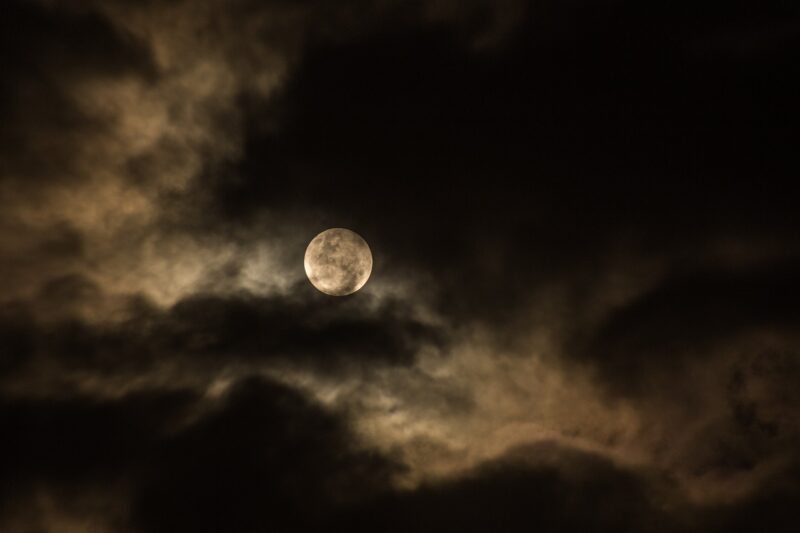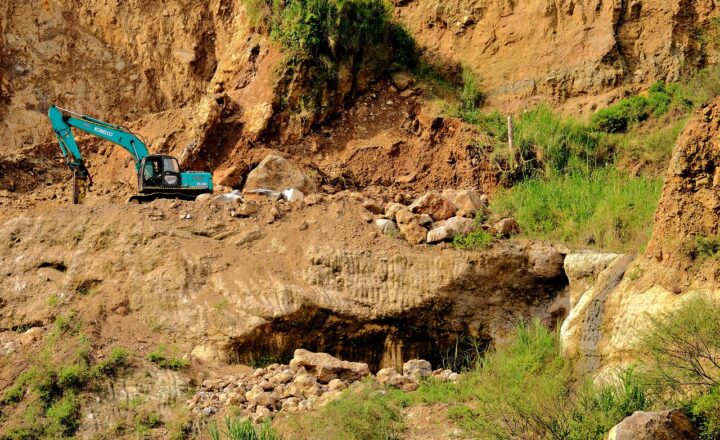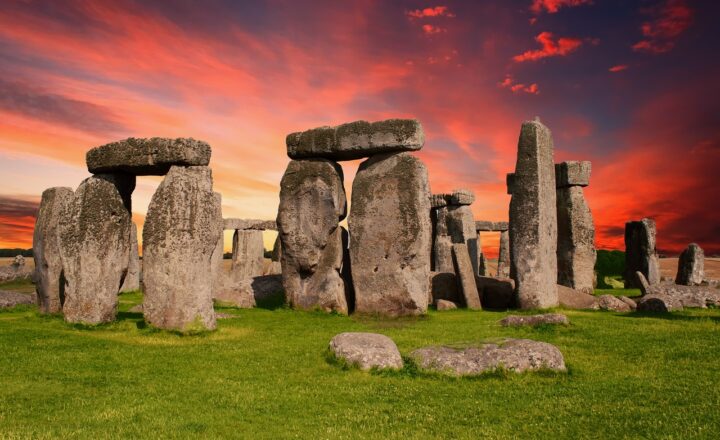The Fascinating Role of the Moon in Ancient Mythology, Calendars, and Navigation Systems
November 17, 2024

The moon has held a mesmerizing power over diverse cultures since the dawn of humanity. It has been a guiding light in the night sky, a catalyst for storytelling, and a pivotal element in the development of calendars and navigation systems. This article explores the rich tapestry of the moon’s representation in ancient mythology, its role in timekeeping, and its influence on navigation practices globally.
1. The Moon in Ancient Mythology
The moon has been a central figure in the mythologies of many civilizations, symbolizing a myriad of concepts and beliefs. From a deity of time and fate to a protector and guide, the moon’s presence in ancient texts reflects its importance in human understanding of the world.
- 1.1. Mesopotamian Mythology
The Sumerians worshiped Nanna, the moon god, who governed time and had control over the cycles of growth and harvest. The moon’s phases were seen as essential for agricultural success, and elaborate rituals were dedicated to ensuring the prosperity of crops and the well-being of the community. - 1.2. Ancient Egyptian Beliefs
In ancient Egypt, the moon was associated with the god Khonsu, who was believed to govern time and healing. The lunar cycle influenced Egyptian calendars and farming practices, famously culminating in a dedication during lunar festivals that honored this deity and his impact on natural order. - 1.3. Greek and Roman Influences
The Greeks personified the moon as Selene and later as Artemis, while the Romans associated it with Luna. These mythological figures represented both the nurturing and protective aspects of the moon while embodying the warmth of lunar light that watches over the earth at night. - 1.4. Asian Mythology
In Asia, myths revolve around the moon god Chang’e, renowned for her beauty and tragic tale of separation from her beloved. The Mid-Autumn Festival, dedicated to her, showcases the cultural significance of the moon in Asian societies, emphasizing family reunions and gratitude for harvests.
These mythologies emphasize the moon’s influence on human emotions, societal structures, and agricultural cycles, painting a vivid picture of its significance throughout history.
2. The Moon and Calendars: Timekeeping Through the Ages
Calendars have existed in various forms for thousands of years, and the moon has significantly contributed to their development. The lunisolar calendar, based on both the moon’s phases and the sun’s annual cycle, remains relevant even today.
- 2.1. The Lunar Calendar
Many ancient cultures utilized lunar calendars, which revolved around the moon phases. Each month began with the new moon and lasted until the following new moon, lasting about 29.5 days. The Jewish calendar and Islamic calendar still boast a lunar format, affecting religious festivals and rituals today. - 2.2. Agriculture and Timekeeping
The synchronization of farming activities with the lunar calendar was vital in ancient societies. Different phases of the moon—new, waxing, full, and waning—were believed to influence planting, harvesting, and even animal husbandry. Techniques aurally passed down generations illustrate how crucial the moon was in ensuring food security. - 2.3. Festivals and Celebrations
Celebrations centered around the moon were not only important for agricultural purposes but also formed cultural identities. The Chinese New Year and the Diwali festival are prime examples, timing their observance with lunar cycles to celebrate new beginnings, prosperity, and community bonding.
The intricate relationship between the moon and timekeeping demonstrates society’s reliance on natural cycles to organize human life.
3. Navigating with the Moon: A Celestial Guide
Throughout history, the moon has served as a crucial navigational aid. Mariners and travelers alike relied on it for safe passage during the night.
- 3.1. Navigational Techniques
Sailors used the moon for determining their latitude and understanding their position at sea. By recognizing the moon’s position relative to the stars and horizon, they could create a mental map that facilitated navigation. The moon’s phases further aided in estimating the timing of their journeys, providing a reliable guide through treacherous waters. - 3.2. The Role of Celestial Bodies
Associating the moon’s position with other celestial bodies allowed navigators to rectify their paths. This knowledge passed down through generations helped develop star charts and navigation tools crucial for exploration and trade in the ancient world. - 3.3. Influence on a Global Scale
Even today, lunar navigation plays a role in certain cultures, particularly among indigenous peoples familiar with the cosmos. This showcases a continuing reliance on the moon’s guidance for safe travels, integrating ancient wisdom into modern practices.
The moon’s reliability provided a framework for navigation, aiding explorers in their adventurous pursuits across uncharted territories.
4. The Moon in Contemporary Culture & Practices
The celestial influence of the moon continues to resonate in established cultures today, reinforcing its central significance throughout human history.
- 4.1. Pop Culture and Literature
Modern literature and film continue to explore lunar themes, often romanticizing its beauty and mystery. The moon remains a crucial symbol of longing, love, and fascination—elements connecting humanity to memories and narratives of the past. - 4.2. Astrological Beliefs
Many contemporary spiritual practices reference the moon, assigning specific attributes to its phases. Astrologers often analyze lunar cycles, using them as tools for understanding personality traits, predicting events, and guiding personal growth and decision-making. - 4.3. Environmental Awareness
The moon also plays a role in environmental studies, as scientists observe its cycles to understand tides and ecosystems. This knowledge is crucial in conserving natural habitats and fighting climate change, bringing attention to lunar impacts on Earth’s ecological balance.
Despite advancements in science, the moon retains its charm and allure, inspiring ongoing exploration and research in various fields.
Conclusion
The moon’s legacy extends far beyond its bright, nightly allure. It has played an integral role in shaping myths, guiding calendars, and aiding navigation across cultures throughout history. Origins of lunar mythology unveil deep insights into human perspectives, while its influence on agriculture and navigation resonates in our societal constructs. Today, the moon continues to hold significance in various aspects of culture and personal practices, maintaining its position as a compelling beacon of human connection to the universe. As we look to the sky, we are reminded that the moon is more than simply a celestial body; it symbolizes humanity’s enduring quest for knowledge, connection, and understanding of the cosmos that surrounds us.








